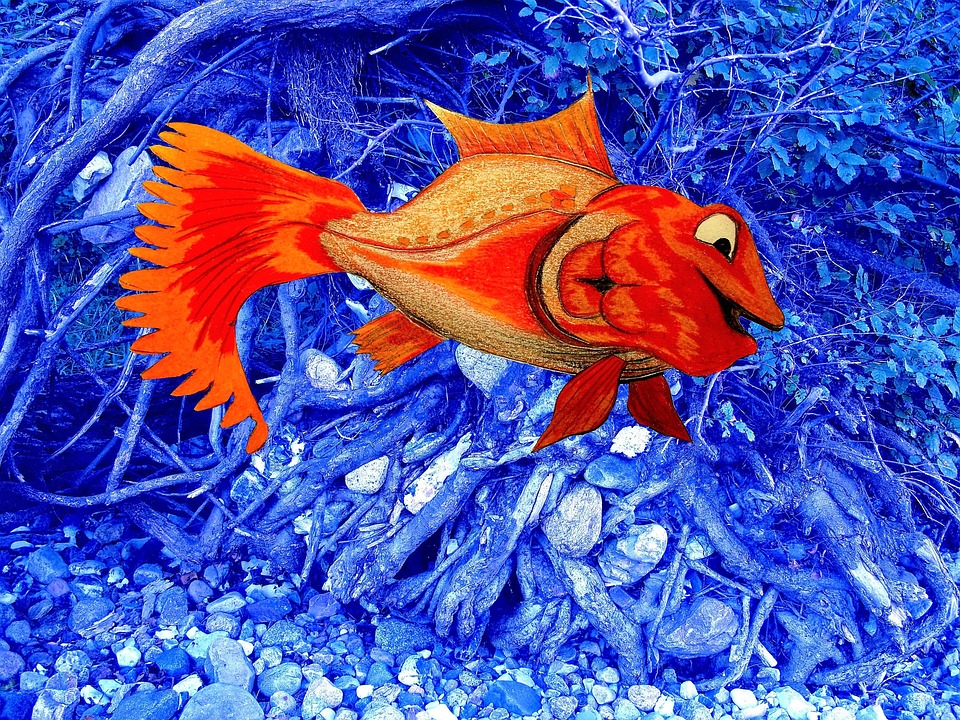Fish tank diseases can be a major concern for aquarium enthusiasts. Understanding the signs and symptoms of fish diseases is crucial for maintaining a healthy aquatic environment. In this article, we will delve into the concept of disease resistance in fish and how to analyze their body language to identify potential health issues. Additionally, we will address some frequently asked questions related to fish tank diseases.
Disease resistance refers to a fish’s ability to resist or tolerate the pathogens and environmental conditions that lead to diseases. Just like humans, some fish species possess a higher level of natural resistance to diseases, while others are more susceptible. By recognizing the body language and behavior of disease-resistant fish, aquarium owners can spot signs of potential diseases early on.
1. Vibrant Coloration: Disease-resistant fish often display vibrant and consistent coloration. Dull or faded colors might indicate stress or illness.
2. Energetic Swimming: Healthy fish are active and agile swimmers. Observe if fish suddenly become lethargic or struggle to move, as it can be a sign of disease.
3. Clear Eyes: Disease-resistant fish usually have clear, bright eyes. Cloudy or bulging eyes may point to underlying health issues.
4. Intact Fins and Scales: Healthy fish have intact fins and scales, free from any signs of damage, discoloration, or lesions.
5. Normal Appetite: Disease-resistant fish maintain a healthy appetite. Observing a sudden loss of interest in food or difficulty in eating might indicate an underlying health problem.
6. Consistent Breathing: Fish that consistently maintain regular gill movement without gasping for air are generally healthier. Rapid or labored breathing can be an indication of a respiratory disease.
Now, let’s take a look at some common fish tank diseases and their body language:
1. Ich (Ichthyophthirius multifiliis): Affected fish exhibit white spots resembling grains of salt on their body and fins. They may also display flashing behavior, rubbing against objects to relieve irritation.
2. Fin Rot (Columnaris): Fish suffering from fin rot display frayed or deteriorating fins and redness or inflammation around the fin edges.
3. Dropsy (Edema): Dropsy-infected fish often have a bloated appearance due to fluid accumulation. Scales may appear raised, resembling a pinecone.
4. Velvet (Oodinium): Infected fish exhibit a dusty or golden film on their skin, along with scratching against objects and rapid breathing.
5. Swim Bladder Disorder: Fish with swim bladder disorder may have difficulty maintaining balance, swimming erratically, or floating upside down.
Now, let’s address some frequently asked questions related to fish tank diseases:
Q: How can I prevent fish diseases in my aquarium?
A: Maintaining optimal water conditions, providing a balanced diet, and quarantining new fish before introducing them to the tank can help prevent diseases. Regular water changes and proper filtration are also essential.
Q: Can fish diseases be treated without medication?
A: Mild cases of diseases can sometimes be treated by improving water quality, adjusting diet, and implementing stress-reducing measures. However, severe infections generally require specific medications. Consult with a veterinarian or fish disease specialist for proper diagnosis and treatment options.
Q: Is it possible to boost a fish’s disease resistance?
A: While genetic factors play a significant role in disease resistance, providing a clean and stress-free environment, maintaining proper nutrition, and avoiding overcrowding can enhance a fish’s overall health and resilience to diseases.
In conclusion, by understanding the body language and behavior of disease-resistant fish, aquarium owners can proactively identify potential diseases in their aquatic pets. Regular observation, coupled with proper preventive measures, can go a long way in maintaining a healthy and thriving fish tank. Remember, seeking professional advice is always recommended when dealing with severe fish diseases.









